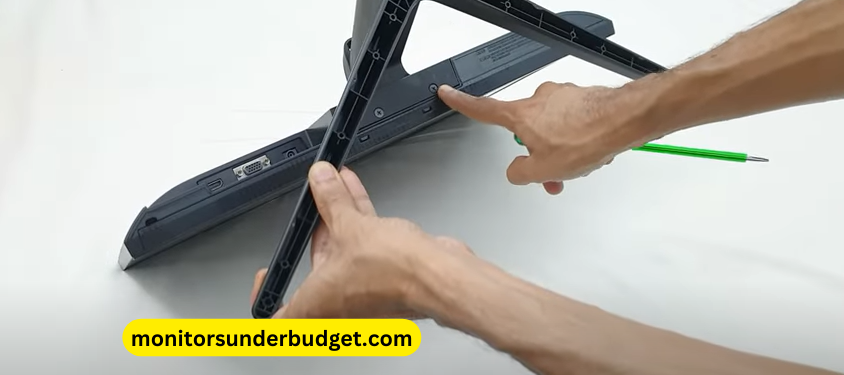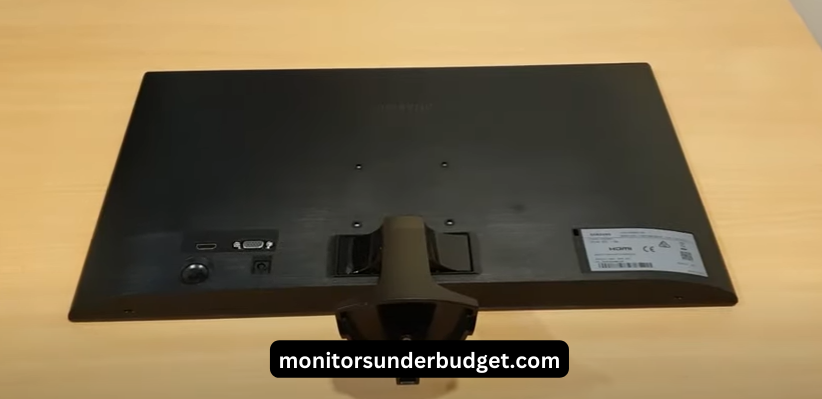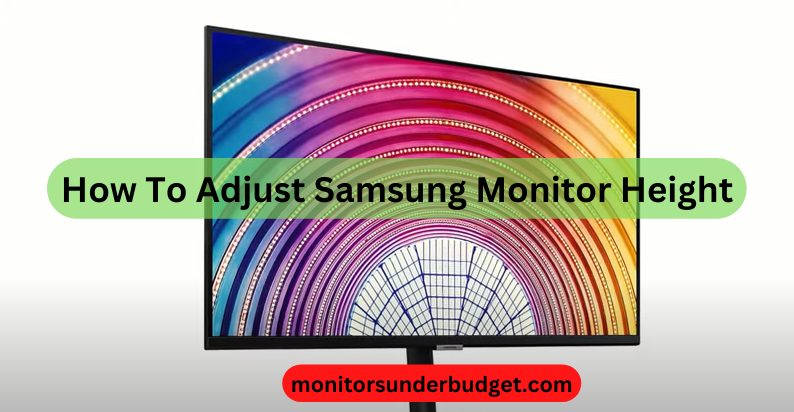Do you have a Samsung monitor and do you want to know how to adjust Samsung monitor height? Are you looking for an easy way to do it that doesn’t involve a lot of clicking and scrolling? If so, then you’ve come to the right place. In this blog post, we will show you how to perfectly adjust your monitor height in just 4 easy steps! We’ll also answer some of the most commonly asked questions about adjusting Samsung monitor height. So, whether you’re a first-time user or an experienced pro, this blog post has something for everyone.
How To Adjust Samsung Monitor Height
1. How To Determine If your monitor needs adjusting
If you notice that the top or bottom of your screen is cut off, or that the image is skewed to one side, it’s likely that your monitor needs adjusting.
2. The four easy steps to adjust your Samsung monitor height
If you’re looking for how to adjust Samsung monitor height, then you’ve come to the right place. In just 4 easy steps, you can have your monitor at the perfect height for your needs. Let’s get started!

1. Locate the adjustment screws on the back of the monitor.
2. Use a Phillips head screwdriver to loosen or tighten the screws, depending on which way you want to adjust the height.
3. Test the new height by sitting in front of the monitor and making sure it’s at a comfortable viewing level.
4. If you need to make further adjustments, repeat steps 2 and 3 until you’re satisfied with the height.
3. How to optimize your viewing experience for the best results
No matter what type of Samsung monitor you have, you can optimize your viewing experience by following these five easy steps:
1. Adjust the height of your monitor so that the top of the screen is at or slightly below eye level. This will help reduce eye strain and allow you to take full advantage of the screen real estate.
2. If you wear glasses, make sure to position the monitor so that your glasses don’t reflect any light back into your eyes. You may need to experiment with different positions to find the sweet spot.
3. Adjust the angle of the screen until you find a comfortable position that doesn’t cause neck strain. The ideal angle is around 15 degrees.
4. Reduce the amount of blue light emitted by the screen by using the built-in setting on your monitor or downloading a computer program that filters blue light. This will help reduce eye fatigue and make it easier to fall asleep at night.
5. Take frequent breaks from looking at the screen, even if it means just looking away for a few seconds at a time. Giving your eyes a break will help reduce strain and improve overall vision health.
By following these simple tips, you can optimize your Samsung monitor for the best viewing experience possible. Try out different settings and positions until you find what works best for you. And don’t forget to take breaks often to give your eyes a rest.
4. Tips for preventing eye fatigue and other health concerns
If you spend a lot of time looking at a computer screen, you may experience eye fatigue. To help prevent this, follow these tips:
– Position your monitor so that the top of the screen is at or below eye level. This will help to reduce strain on your eyes.
– Adjust the brightness and contrast of your screen. This can help reduce the amount of strain on your eyes.
– Take breaks often. Get up and walk around every 20 minutes or so. This will help to reduce eye fatigue and prevent other health problems such as back pain.
– Make sure the room you are in is well-lit. This will help to reduce the amount of strain on your eyes.
– Use an anti-glare screen. This can help reduce the amount of glare on your screen, which can cause eye fatigue.
5. Troubleshooting common problems with Samsung monitors
If you’re having trouble adjusting the height of your Samsung monitor, there are a few things you can try. First, make sure that the stand is properly attached to the monitor. If it’s not, follow the instructions in the manual to attach it correctly.

Next, check the screws on the stand to make sure they’re tight. If they’re loose, tighten them with a screwdriver.
If the stand is properly attached and the screws are tight, but you’re still having trouble adjusting the height of your monitor, contact Samsung customer service for assistance.
Conclusion
In this blog post, we’ve shown you how to adjust the height of your Samsung monitor in just four easy steps.
Whether you’re looking for a more comfortable viewing experience or want to save some space on your desk, following these instructions will help you get the most out of your monitor.
Have any questions about adjusting your Samsung monitor height? Let us know in the comments below and we’ll be happy to help.

